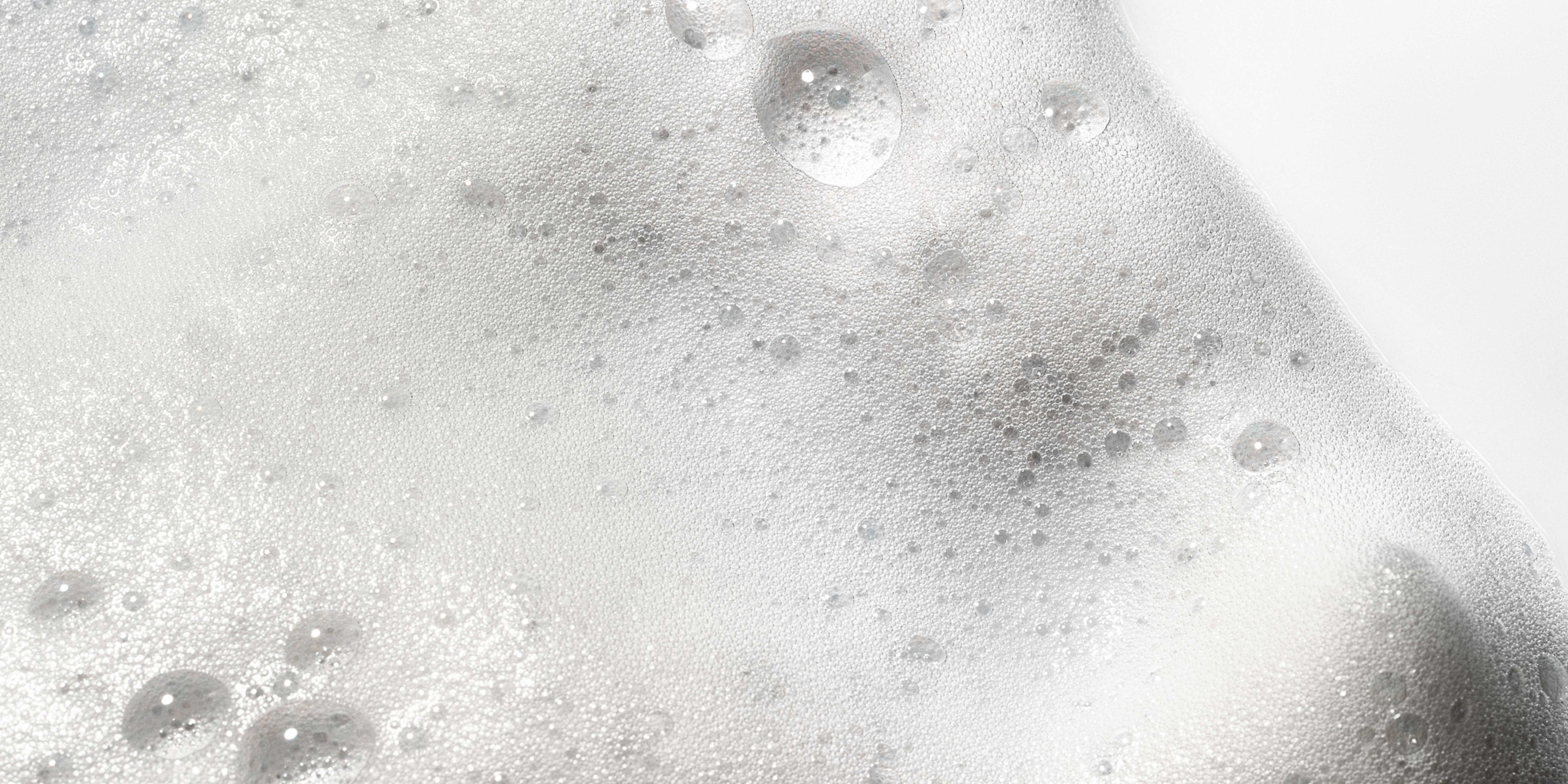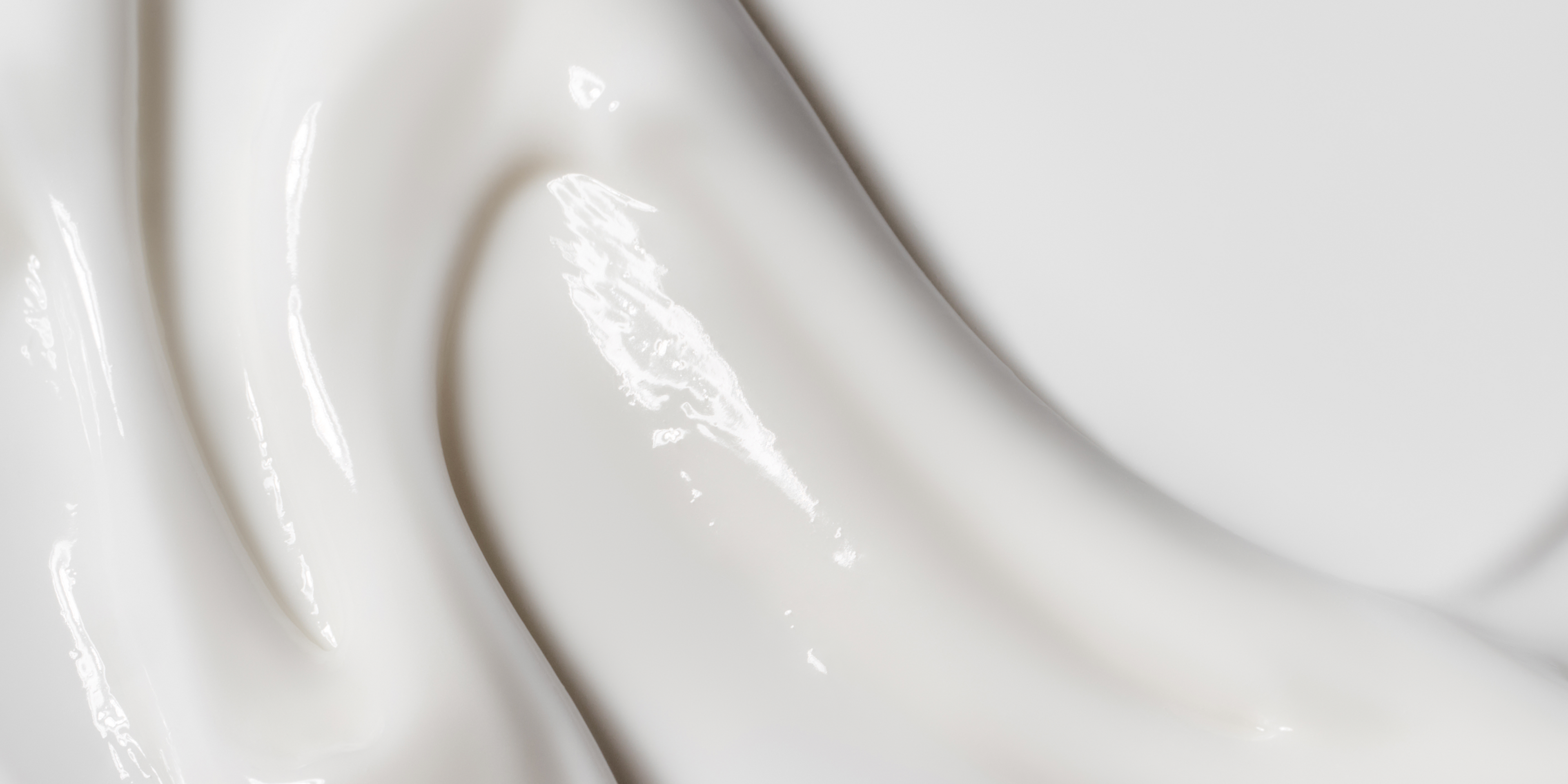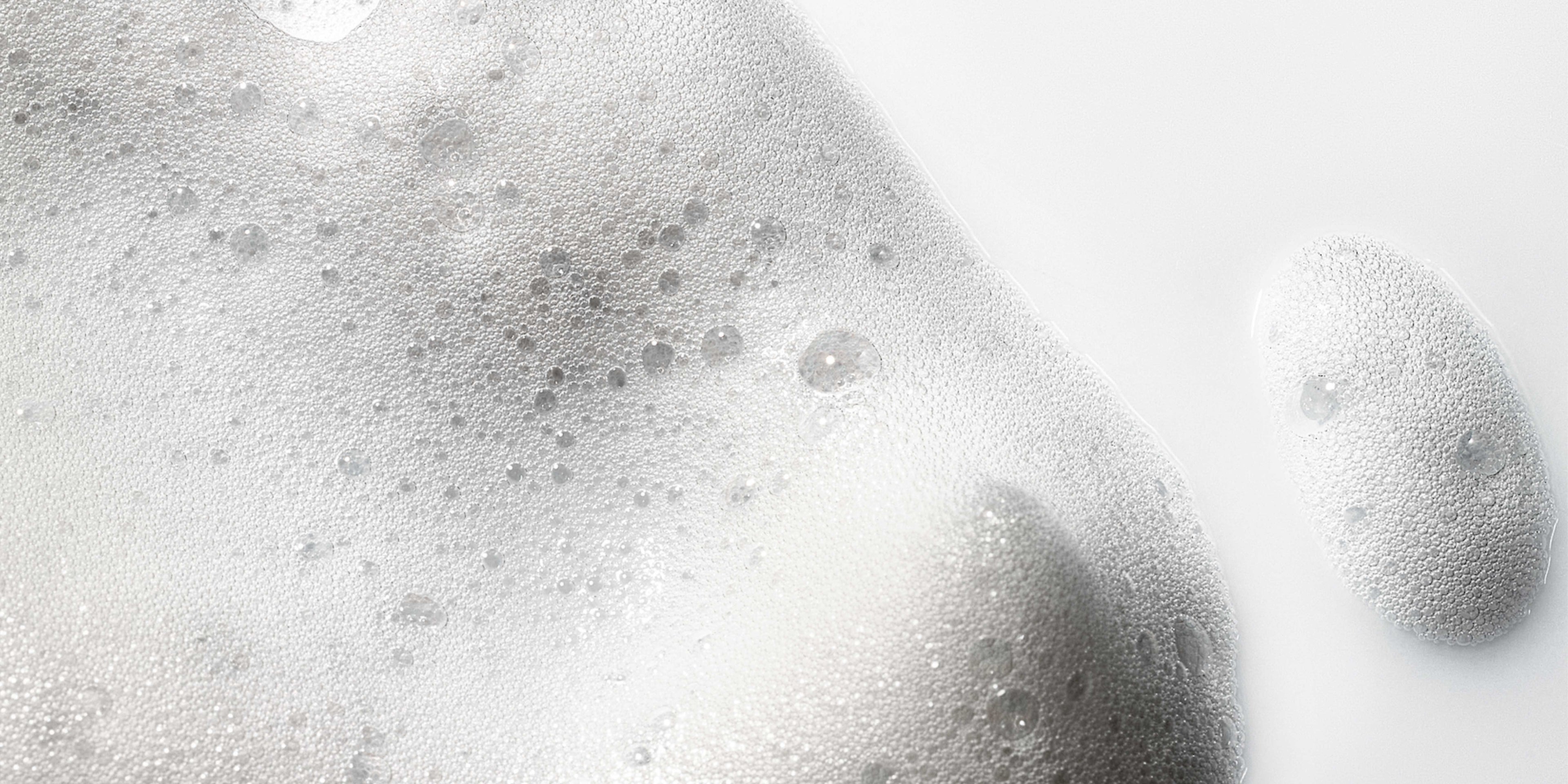Clean Beauty means more to us than avoiding questionable ingredients – it’s a science-driven principle, designed for clinically proven skin health.
Clean is not a trend. It’s the foundation of Skin Longevity.
We consciously avoid these ingredients
Emulsifier
- Laureth-7
- Ceteareth-20
- Polysorbate-60
- Polysorbate-20
- Steareth-20 (PEG – Derivat)
Preservatives
- Phenoxyethanol
- Ethylhexyglycerin
- Benzoic Acid
- Tetrasodium EDTA
- Tetrasodium EDTA
- Trisodium EDTA
- Disodium EDTA
- Benzethonium Chloride
Solvent
- Propylene Carbonate
- Propylene Glycol
- Isohexadecane
- 1-2 Hexanediol
- Isododecane
- Propanediol
- Butylene Glycol
Microplastic
When you see the term “polymer”, you can assume that it contains plastic.
Mineral oils
The processed petroleum in creams, lipsticks, and oils is hidden behind many names – for example:
- Cera Microcristallina
- Ceresin
- Ozokerite, Vaseline
- Paraffin
- Isoparaffin
- Paraffinum Liquidum
- Microcrystalline Wax
- Petrolatum
Parabens
The most commonly used parabens are methylparaben and ethylparaben. Butylparaben and propylparaben are used less frequently. The substances isopropylparaben, isobutylparaben, phenylparaben, and pentylparaben, which are now rarely used, are largely being avoided. Other names for the controversial preservatives include hydroxybenzoic acid, hydroxybenzoate, oxybenzoic acid, and oxybenzoate.
Paraffin-like substances
- Hydrogenated Polyisobutene
- Hydrogenated Castor Oil (PEG-40)
PEG
All derivatives of polyethylene glycol (PEG) are labeled with PEG followed by a number. The number indicates how many molecular units the substance consists of (e.g., PEG-8, etc.). Additionally, one should pay attention to ingredients with names ending in "-eth" (e.g., Sodium Laureth Sulfate). This indicates ethoxylated substances that are made using ethylene oxide.
While PEG-40 from castor oil may not be a concerning additive on its own, when combined with other cosmetic ingredients, it can create potentially problematic combinations. Hydrogenated Castor Oil temporarily weakens the skin's natural protective barrier, which could allow more aggressive ingredients to penetrate the skin.
Care substances
- Polyquaternium-10
Silicones
Silicones belong to the group of synthetic polymers. These polymers are plastics that consist of molecular chains in which oxygen and silicon atoms are linked together.
- Dimethicone
- Cyclomethicone
- Ingredients ending with -methicone or -siloxane
Synthetic fragrances
- Benzyl Salicylate
Synthetic dyes
In most cases, they can be recognized by the colour index number, which consists of the abbreviation 'CI' and a combination of numbers. Synthetic dyes must also be given a CI number. Natural colorants have a CI between 75000 and 75999.
Synthetic humectants
- Sodium Hyaluronate Crosspolymer-3
- Acetamide Mea
Synthetic film images
- Acrylates Copolymer
- Methyl Methacrylate Crosspolymer
- Acrylates C 10/30 Alkylacrylate Crosspolymer
- Polyacrylamide
Synthetic gelling agents
- Carbomer
Synthetic lipid
- Cyclopentasiloxane
- Cyclohexasiloxane
Synthetic pH value controller
- Triethalonamine
Synthetische Viskositätsregler
- Nylon 6/12
- Sodium Acrylate / Sodium Acryloyldimethyl Taurate Copolymer
Synthetic plasticizers
- Propylene Glycol
- Polymethyl Methacrylate
- Adipic Acid / Neopentyl Glycol
Surfactants
- Sodium Coco Sulfate
- Sodium Laureth Sulfate
- Sodium Lauryl Sulfate
- Sodium Myreth Sulfate
- Sodium Lauryl Sulfoacetate
- Cocamidopropyl Betaine
- Disodium Cocoamphodiacetate
UV absorber
- Benzophenone-4
UV filter
- UV-Filter NANO
- Octocrylene
- Homosalate
- Octisalate
- Ethyl Hexyl Methoxycinnamate
- Bis-Ethylhexyloxyphenol Methoxyphenyl Triazane
- Methylene Bis-Benzotriazolyl Tetramethylbutylphenol (Nano)
- Tris-Biphenyl Triazine (Nano)
- Phenylbenzimidazole Sulfonic Acid
- Dicaprylyl Carbonate, Bis-Ethylhexyloxyphenol Methoxyphenyl Triazane
- Zinc (Nano)
- Avobenzone






